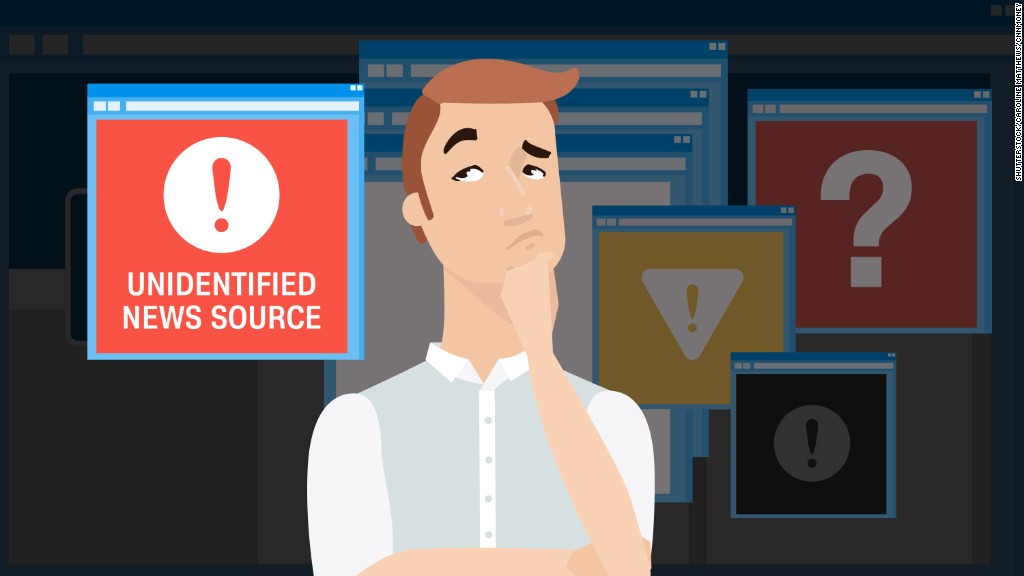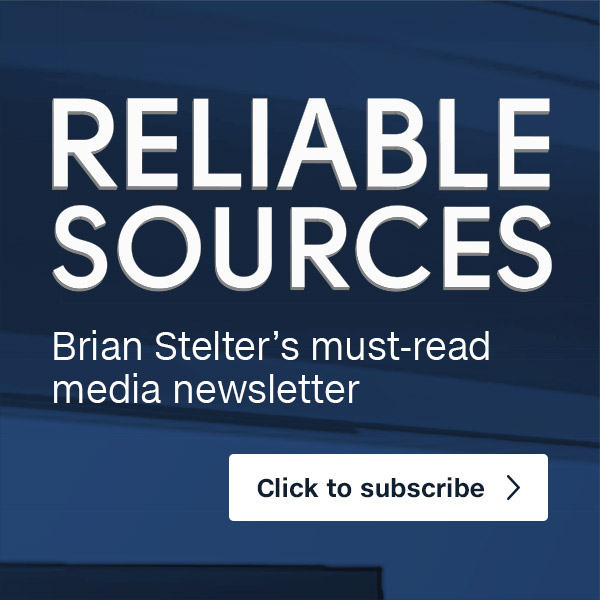
It's time for a new rule on the web: Double, no, triple check before you share. Especially if it seems too good to be true.
Why? Look no further than Donald Trump's Twitter account. Trump claimed Sunday morning that "Twitter, Google and Facebook are burying the FBI criminal investigation of Clinton."
Not only was there no proof of this, but it was pretty easy to disprove. The FBI email inquiry was at the top of Google News; FBI director James Comey's name was at the top of Facebook's "trending" box; and Twitter's "moments" section had a prominent story about the controversy.
Nevertheless, Trump's wrong-headed "burying" claim was his most popular tweet of the day. About 25,000 accounts retweeted it and almost 50,000 "liked" it, helping the falsehood spread far and wide.
The rise of social media has had many upsides, but one downside has been the spread of misinformation. Fake news has become a plague on the Web, especially on social networks like Facebook. As I said on Sunday's "Reliable Sources" on CNN, unreliable sources about this election have become too numerous to count.
So that's why I recommended a "triple check before you share" rule.
New web sites designed to trick and mislead people seem to pop up every single day. For their creators, the incentives are clear: more social shares mean more page views mean more ad dollars.
But the B.S. stories hurt the people who read and share them over and over again. Many of these fakes reinforce the views of conservative or liberal voters and insulate them from the truth. The stories prey on people who want to believe the worst about the opposition.
A recent BuzzFeed study of "hyperpartisan Facebook pages" found that these pages "are consistently feeding their millions of followers false or misleading information."
The less truthful the content, the more frequently it was shared -- which does not bode well for the nation's news literacy during a long, bitter election season.
"Right-wing pages were more prone to sharing false or misleading information than left-wing pages," the BuzzFeed reporting team said.
On a few occasions, made-up or highly misleading stories have even snuck into Facebook's "trending" box -- a problem that the company says it is trying to address.
In a few cases, Trump aides and family members have themselves been duped by fake news stories, including a hoax version of ABC News with a story headlined "Donald Trump Protester Speaks Out: 'I Was Paid $3,500 To Protest Trump's Rally.'"
A close look at the web site reveals that it is not, in fact, the actual ABC News. But the site tricked Trump's son Eric Trump in early October. "Finally, the truth comes out," he tweeted, promoting a link to the bogus story.
As soon as I spoke about this on television on Sunday, CNN detractors filled my inbox with messages saying that CNN is the ultimate example of "fake news."
But that's a deliberate attempt to confuse the issue. Whatever faults CNN has, news organizations small and large try very hard to report the truth.
Fake news sites and Facebook feeds, on the other hand, traffic in misinformation. My sense is that there are three buckets of these sites:
#1, Hoax sites with totally made-up news headlines that try to trick you;
#2, Hyperpartisan sites that aren't lying, per se, but are misleading, because they only share good news about your political party and bad news about the other party;
#3, "Hybrids" that purposely mix a little bit of fact and then a lot of fiction.
These sites aren't going away, so it's up to Internet users to spot fake news and avoid spreading it.
Fact-checking sites like Snopes can help -- they are devoted to ferreting out hoaxes and tricks.
The Sunlight Foundation's Alex Howard tweeted these tips:
- Search the source link on Twitter
- Google it
- Check Snopes
- Consider record of source
Josh Stearns, a longtime media activist who now works at Democracy Fund, said newsrooms also have a role to play.
"Fact checking has taken center stage in this election, but newsrooms need to go beyond fact checking politicians statements and help debunk viral misinformation too," he told me. "At a time when trust in media is at an all time low, journalists should call out these fake news stories and help citizens tell fact from fiction."
Trump's false claim about Google, Facebook and Twitter "burying" bad news about Clinton criticized what he called the "very dishonest media." Ironically, he was using Twitter to blast Twitter.
Trump may have gotten the idea from an inaccurate Zero Hedge blog post alleging a "social media blackout." The blog post contained false information.
I asked the Trump campaign to provide a source for the wild claim, but no one has responded.


